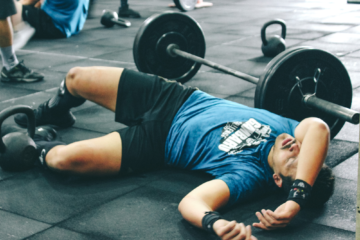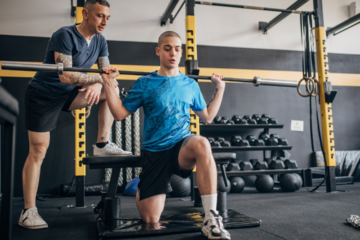Winter is here and with it, a plethora of wonderful viruses and sicknesses ready to cosy up in your body and test your immune system out. While I wish that I could write an article on how “exercise completely clears your body of all deadly viruses”, sadly it is untrue – hopefully the “smash yourself on an exercise bike and just sweat it out” method is a thing of the past.
Exercise does have a role to play in immunity and body function during sickness. There is compelling evidence that links lower risk of sickness with several physical fitness qualities. The strongest links are mainly from higher VO2Max as well as greater muscle mass. But that’s a story for another day. In this blog we will be talking about exercising around sickness – what to do and what not to do. So how do we get back on the horse….or bike….or treadmill?
1. Rest!
When it comes to illnesses like colds, the flu and COVID, firstly, you need to rest and let the immune system do its thing. Every time we exercise, we have an immune response to repair damaged cells, and this will only burden the immune system more when the priority is fighting a virus or other illness. At best extremely light cardiovascular exercise may help just for the sake of moving but may not be better than complete rest.
2. Light return to exercise
Once symptoms of sickness decrease and energy levels return that’s the point where we can slowly return to exercise. Studies have shown light cardiovascular exercise to help improve immune function and so should be the first step back to returning to exercise. This is also a good way to gauge exercise response with low risk of bad consequences (i.e. sickness relapse). At any sign of symptoms (i.e. light headedness, chest tightness), exercise intensity should be reduced.
3. Gradual increases
As the body starts to cope with light exercise then we can start to increase intensity and reintroduce resistance training. These increases should be gradually progressive as we can still experience abnormally high heart rates and blood pressures, weakened respiratory function and decreased immune response post sickness. Overloading the body too quickly is a surefire way to end up back in bed. Remember that consistency is key with training so having a couple days off followed by lowered training intensity is a much better way to keep on track with your goals then having to train one week and rest the next repeatedly.



0 Comments